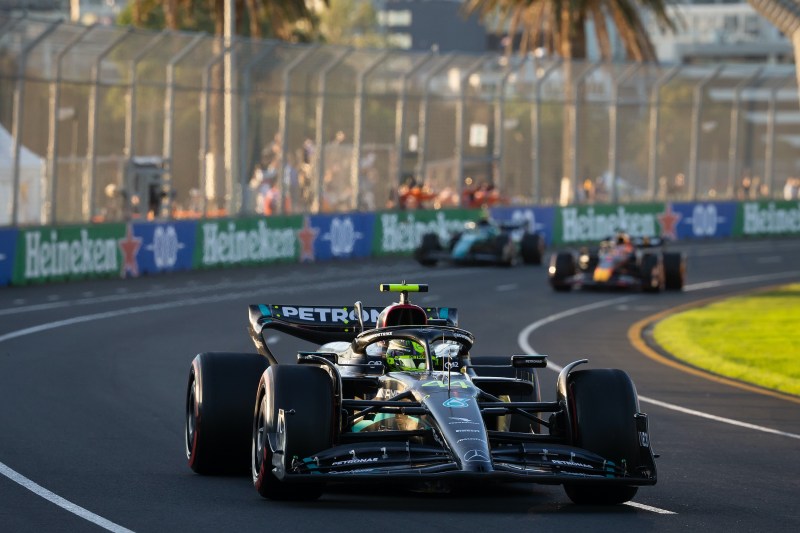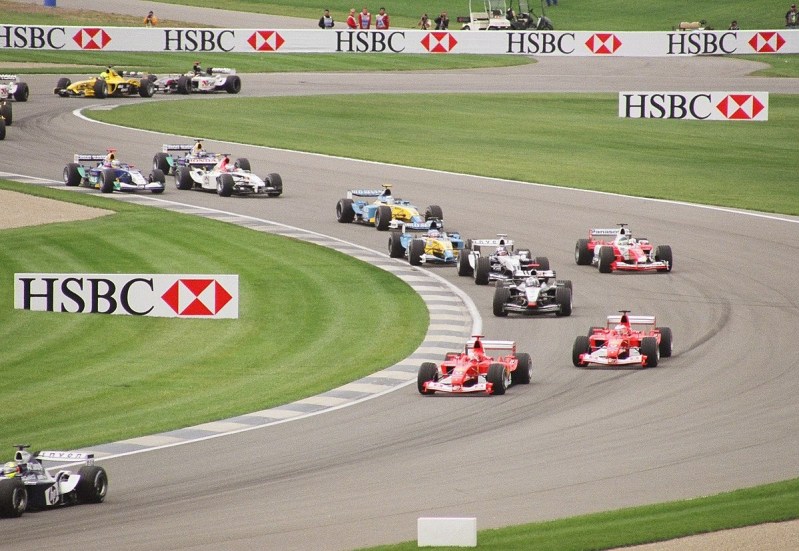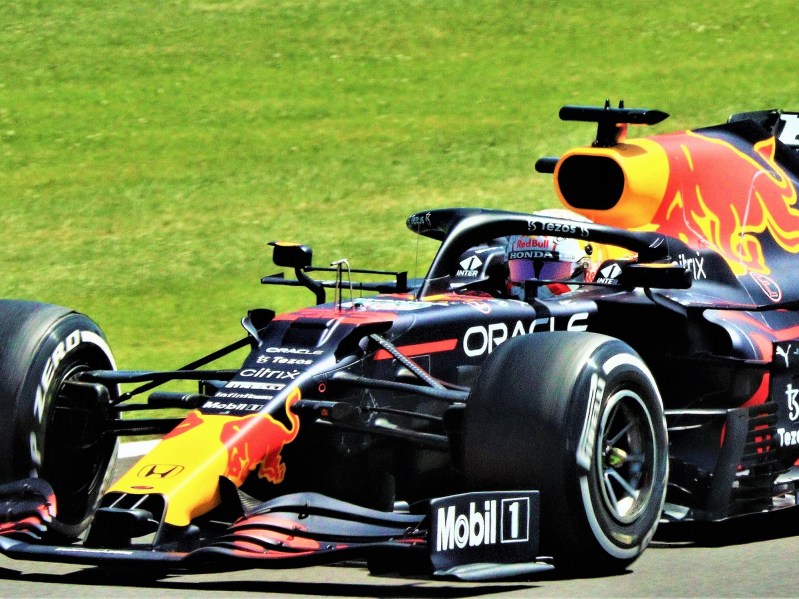
“You may now use DRS.”
Formula 1 races are exciting contests with speeds often exceeding 200 miles per hour. When you watch or listen to a broadcast of an F1 race, you may hear references to DRS. The initials stand for “drag reduction system,” but knowing that probably doesn’t help much. Complex and detailed FIA F1 rules and regulations control the design, construction, and use of DRS. Still, you don’t want to read hundreds of pages of detailed engineering specifications, which doesn’t help either.
Here’s a quick answer to the question of DRS: F1 drivers can use DRS to temporarily reduce drag and downforce to increase speed to try to pass when they are within one second of the car in front of them, but only when they are within designated DRS zones of a racetrack, typically on straightaways. Read on for a deeper explanation.

Why is DRS important in F1 racing?
Downforce is huge in F1 racing. The cars weigh about 1,760 pounds and have 830 horsepower engines that accelerate from 0 to 60 mph in 2.6 seconds. Unlike regular cars, however, F1
Because the varied race tracks and street circuits in F1 Grand Prix have many curves and are often relatively narrow, passing cars, also called overtaking, can be difficult or nearly impossible. The FIA approved DRS in order to help drivers overtake other race

How much does DRS help Formula 1 cars?
F1 drivers have mixed feelings about DRS, but dropping the flap definitely helps with overtaking. F1 cars and tracks have sophisticated sensor and signaling technology, and the DRS light on the driver’s steering wheel- better described as a steering yoke- can only do so when the car is in a DRS zone. Tracks vary. Most Grand Prix circuits have two or three DRS zones, although the Monaco Grand Prix circuit has only one, and the Australian Grand Prix at Albert Park has four.
According to various sources and studies, when an F1 car engages the DRS, the gain in speed can range from 5 to 20 mph. That may not seem like much benefit, but when F1 race cars’ lap times differ within hundredths of a second, a temporary speed boost can be a big help.
DRS can result in unexpected ways. For example, if a line of cars are close together and all but the first in the group is one second of the car in front, the whole train of



